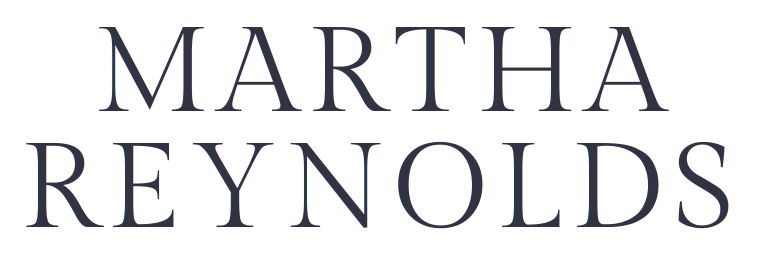Paris Between the Wars - "P" is for Pablo Picasso
 Between 1919 and 1939, Paris experienced a cultural and intellectual boom. This blog will feature artists, writers, composers, musicians, and designers. Paris was at its cultural peak.
Between 1919 and 1939, Paris experienced a cultural and intellectual boom. This blog will feature artists, writers, composers, musicians, and designers. Paris was at its cultural peak. I can hear you now - finally, a name I recognize! I hear you, and believe me, I've learned a lot by writing these blog posts, which is partly the intent of the A to Z Challenge (at least for me). I've deliberately kept these posts short so that you can soak up a tiny bit of knowledge in a short span of time - and presumably move on to other blogs.So, Picasso. Born in Spain, died in Paris, one of the most widely-known painters of modern time. But more than a painter, Picasso also was a sculptor, printmaker, poet, playwright, and stage designer who lived most of his adult life in Paris. Among his most famous works is Guernica (1937), a portrayal of the bombing of Guernica during the Spanish Civil War.
I can hear you now - finally, a name I recognize! I hear you, and believe me, I've learned a lot by writing these blog posts, which is partly the intent of the A to Z Challenge (at least for me). I've deliberately kept these posts short so that you can soak up a tiny bit of knowledge in a short span of time - and presumably move on to other blogs.So, Picasso. Born in Spain, died in Paris, one of the most widely-known painters of modern time. But more than a painter, Picasso also was a sculptor, printmaker, poet, playwright, and stage designer who lived most of his adult life in Paris. Among his most famous works is Guernica (1937), a portrayal of the bombing of Guernica during the Spanish Civil War.  Asked to explain the painting, Picasso replied, "It isn't up to the painter to define the symbols. Otherwise it would be better if he wrote them out in so many words! The public who look at the picture must interpret the symbols as they understand them."Immediate recognition comes by uttering just his last name, but Picasso was born (ready?) Pablo Diego José Francisco de Paula Juan Nepomuceno María de los Remedios Cipriano de la Santísima Trinidad Ruiz y Picasso. Sent to Spain's foremost art school at the age of 16, he disliked formal instruction and stopped attending classes. He made his first trip to Paris at age 19 (1900). He befriended poet Max Jacob, and the two shared an apartment (one slept during the day, the other at night). Poor and cold, he often burned his work to keep warm.Picasso remained in Paris during World War II, under German occupation. He was often harassed by the Gestapo, and during one search of his apartment, a Nazi officer pointed to the painting Guernica. "Did you do that?" the officer asked. "No," said Picasso. "You did."
Asked to explain the painting, Picasso replied, "It isn't up to the painter to define the symbols. Otherwise it would be better if he wrote them out in so many words! The public who look at the picture must interpret the symbols as they understand them."Immediate recognition comes by uttering just his last name, but Picasso was born (ready?) Pablo Diego José Francisco de Paula Juan Nepomuceno María de los Remedios Cipriano de la Santísima Trinidad Ruiz y Picasso. Sent to Spain's foremost art school at the age of 16, he disliked formal instruction and stopped attending classes. He made his first trip to Paris at age 19 (1900). He befriended poet Max Jacob, and the two shared an apartment (one slept during the day, the other at night). Poor and cold, he often burned his work to keep warm.Picasso remained in Paris during World War II, under German occupation. He was often harassed by the Gestapo, and during one search of his apartment, a Nazi officer pointed to the painting Guernica. "Did you do that?" the officer asked. "No," said Picasso. "You did."
